Top 7 Yogasanas to Ease Puffy Eyes – An Eye-Opening Approach to Wellness
Table of Contents
Introduction – Top 7 Yogasanas to Ease Puffy Eyes: An Eye-Opening Approach to Wellness
In a world buzzing with constant activity and screen time, it’s not uncommon to wake up with puffy eyes. Lack of sleep, stress, and a hectic lifestyle can take a toll on our delicate eye area, leaving us searching for effective remedies.
While eye creams and cucumber slices are popular go-tos, have you considered the therapeutic benefits of yoga? Let’s explore a rejuvenating journey through yoga exercises that can help bid farewell to puffy eyes and welcome a brighter, more refreshed you.
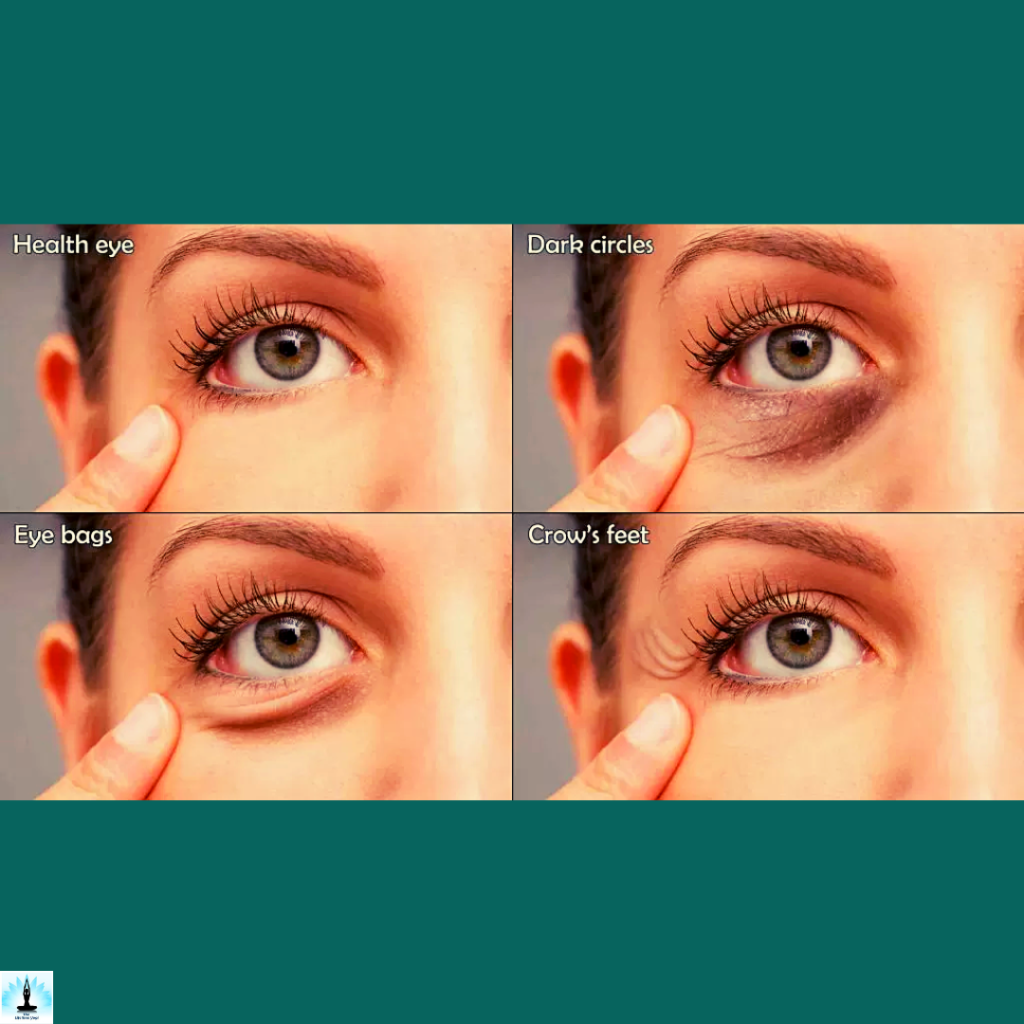
Can Yogasanas Help Puffy Eyes?
Yoga can indeed be beneficial in reducing puffy eyes. Specific yoga exercises, such as the palming technique, eye circles, and blinking exercises, help improve blood circulation, release tension around the eyes, and promote relaxation. Practices like alternate nostril breathing (Nadi Shodhana) can also contribute to balancing energy flow in the body, which can aid in reducing eye puffiness over time.
What Is the Fastest Way to Get Rid of Puffy Eyes?
One of the fastest ways to alleviate puffy eyes is by using cold compresses. Applying a cold compress, chilled cucumber slices, or a cold spoon to the eyes constricts blood vessels, reduces swelling, and provides a quick and refreshing relief. Additionally, staying well-hydrated, getting adequate sleep, and avoiding salty foods can contribute to a speedy recovery from puffy eyes.
How To Reduce Eye Bags with Face Yoga?
Face yoga exercises can help reduce eye bags by targeting the muscles around the eyes and promoting lymphatic drainage. Simple exercises like the V-pose and gentle tapping around the eye area can stimulate blood flow, reduce fluid retention, and tone the muscles, contributing to a more rejuvenated appearance.
Does Exercise Make Eye Bags Go Away?
Regular exercise, particularly cardiovascular activities, can improve blood circulation and overall health, which may indirectly help reduce the appearance of eye bags. However, exercise alone may not be sufficient to eliminate eye bags entirely. Combining exercise with a healthy lifestyle, proper hydration, and good sleep hygiene can contribute to a more comprehensive approach to minimizing eye bags.
Can Drinking Water Reduce Puffy Eyes?
Yes, staying well-hydrated is crucial for reducing puffy eyes. Dehydration can lead to fluid retention, contributing to eye puffiness. Drinking an adequate amount of water helps flush out toxins, supports proper circulation, and can significantly contribute to a refreshed and less puffy eye area.
How Do You Get Rid of Puffy Eyes Daily?
To address puffy eyes daily, consider incorporating a combination of lifestyle practices. Ensure you are getting enough quality sleep, stay hydrated, limit salt intake, use cold compresses or chilled eye masks, and consider incorporating yoga exercises or face yoga into your daily routine. Consistency with these habits can contribute to a gradual reduction in eye puffiness.
How Do You Sleep to Prevent Puffy Eyes?
To prevent puffy eyes during sleep, consider sleeping with your head slightly elevated using an extra pillow. This can help reduce fluid accumulation around the eyes. Additionally, sleeping on your back instead of your stomach or side can minimize pressure on the delicate eye area and promote better lymphatic drainage.
How Do You Massage Reduce Eye Bags?
Gentle massage can help reduce eye bags by promoting lymphatic drainage and improving blood circulation. Using your ring finger, apply light pressure in circular motions around the eyes, moving from the inner corners towards the temples. Be careful not to tug or pull on the delicate skin. Massaging with a cooling eye cream or aloe vera gel can enhance the soothing effect.
Do Cucumbers Help with Puffy Eyes?
Yes, cucumbers are known for their anti-inflammatory and soothing properties, making them effective in reducing puffy eyes. Chilled cucumber slices placed over closed eyes can constrict blood vessels, reduce swelling, and provide a refreshing sensation. The natural astringent properties of cucumbers can also help tighten the skin around the eyes.
Does Walking Reduce Puffy Eyes?
Regular physical activity, including walking, can contribute to overall well-being and circulation, which may indirectly help reduce puffy eyes. Exercise promotes blood flow and lymphatic drainage, which can aid in minimizing fluid retention and decreasing eye puffiness over time.
Does Lemon Water Reduce Puffy Eyes?
While lemon water itself may not directly reduce puffy eyes, staying hydrated with water, including lemon water, can contribute to overall health and hydration. Lemon water’s vitamin C content may provide some antioxidant benefits, supporting skin health. However, it’s essential to be cautious as lemon juice can be irritating to the eyes, and direct application is not recommended.
Can Sleeping Without a Pillow Cause Puffy Eyes?
Sleeping without a pillow may lead to fluid retention around the eyes due to poor drainage. Elevating the head slightly with a pillow promotes better lymphatic drainage and can help prevent fluid accumulation, reducing the likelihood of waking up with puffy eyes. Finding the right pillow height that keeps your head comfortably elevated is key to supporting eye health during sleep.
Top 7 Yogasanas to Ease Puffy Eyes
Yoga is not a direct cure for puffy eyes, certain asanas (yoga poses) can help improve blood circulation, reduce tension, and promote overall relaxation, which may contribute to alleviating puffy eyes. Here are some top yogasanas that you can incorporate into your routine:
Child’s Pose (Balasana)

- Kneel on the mat, sit back on your heels, and then fold forward, reaching your arms in front or by your sides.
- Rest your forehead on the mat and breathe deeply. This pose promotes relaxation and can help reduce eye strain.
Legs Up the Wall Pose (Viparita Karani)
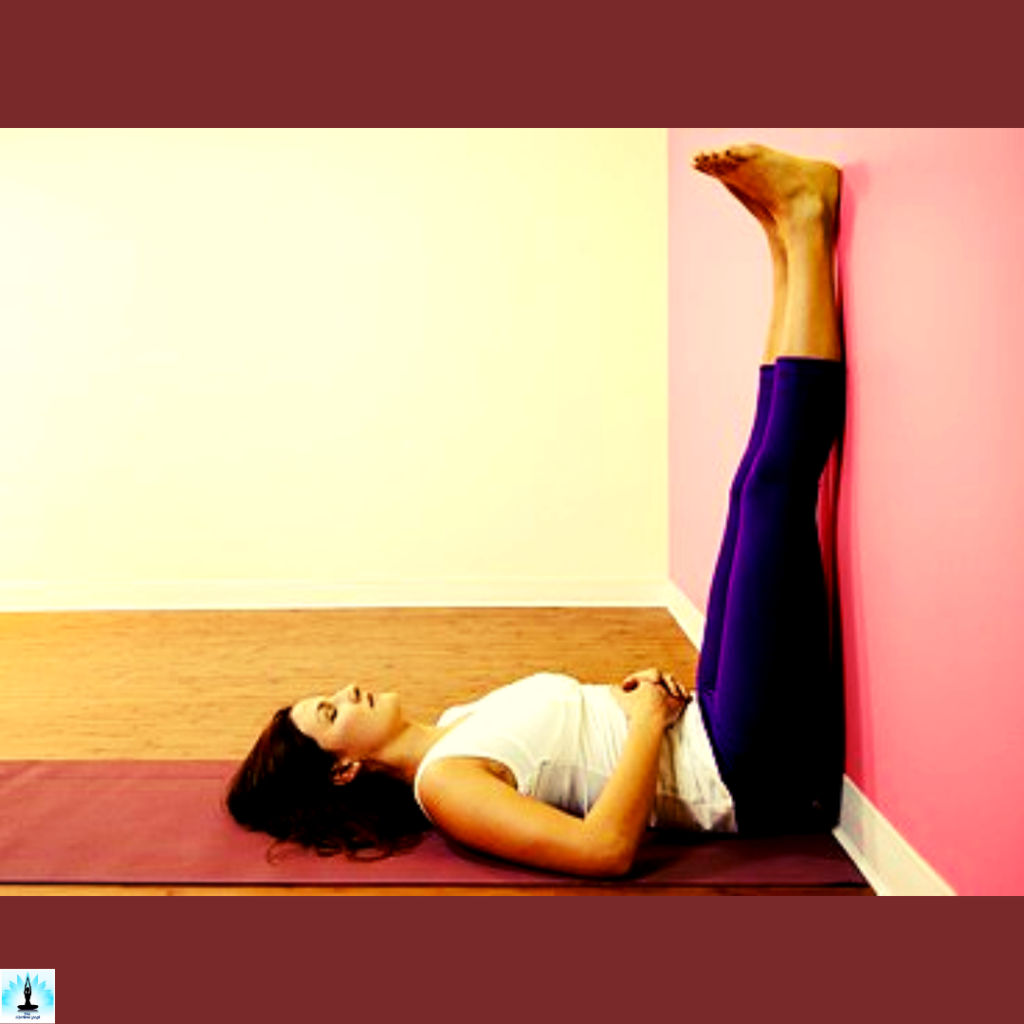
- Sit with your side against a wall and swing your legs up onto the wall as you lie back.
- This gentle inversion promotes blood circulation, reducing swelling and fluid retention around the eyes.
Palming Technique
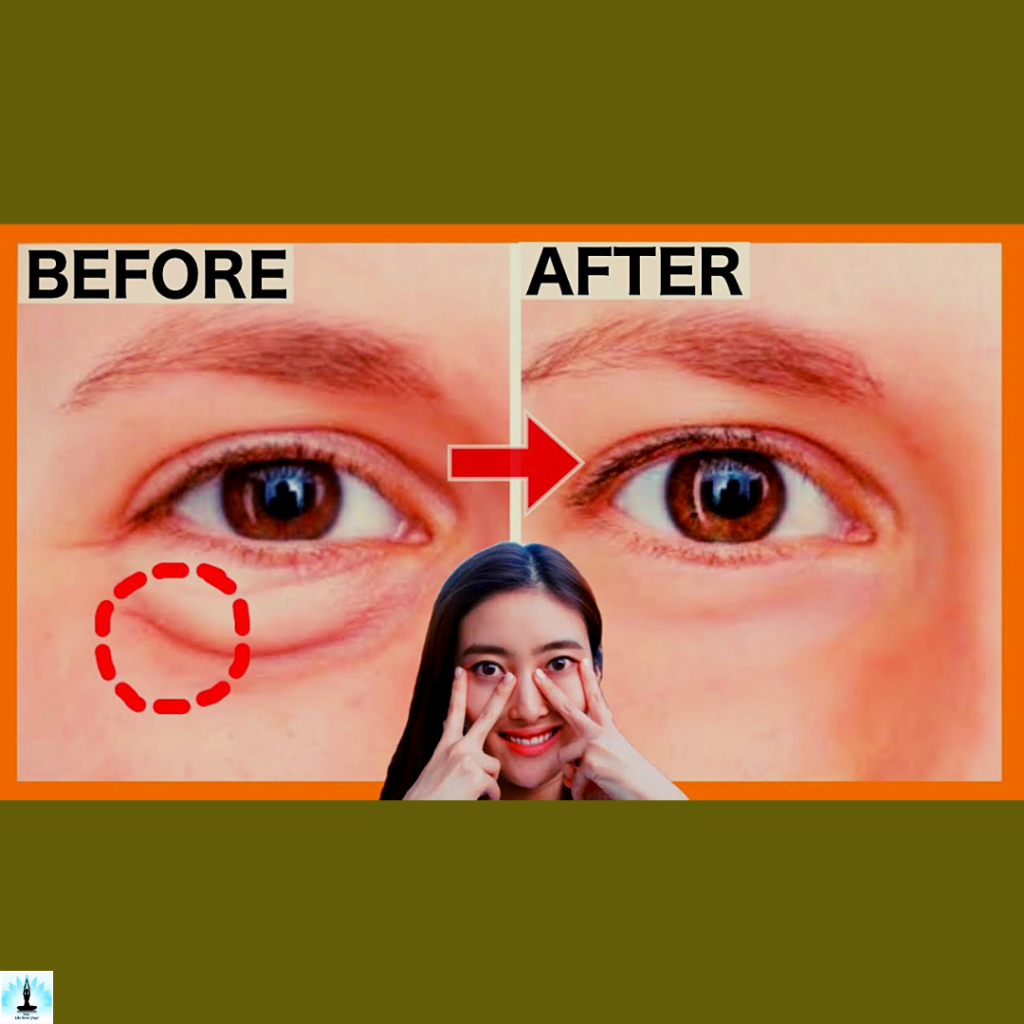
- Sit comfortably, rub your palms together to generate warmth, and gently cup your closed eyes with your hands.
- Feel the warmth penetrating into your eye sockets, promoting relaxation and improved blood circulation.
Bridge Pose (Setu Bandhasana)
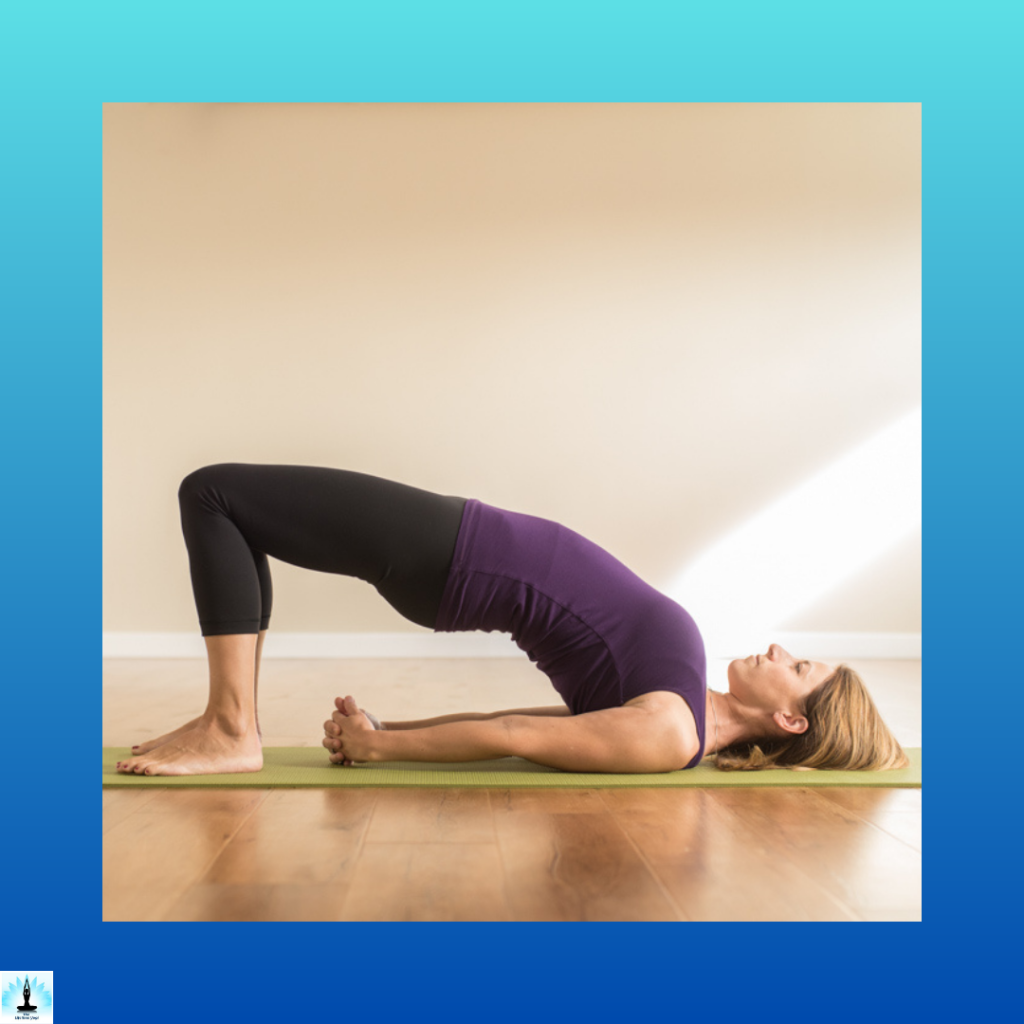
- Lie on your back with knees bent and feet hip-width apart.
- Press through your feet, lift your hips, and clasp your hands under your back. This pose stretches the neck, chest, and spine, reducing tension around the eyes.
Fish Pose (Matsyasana)
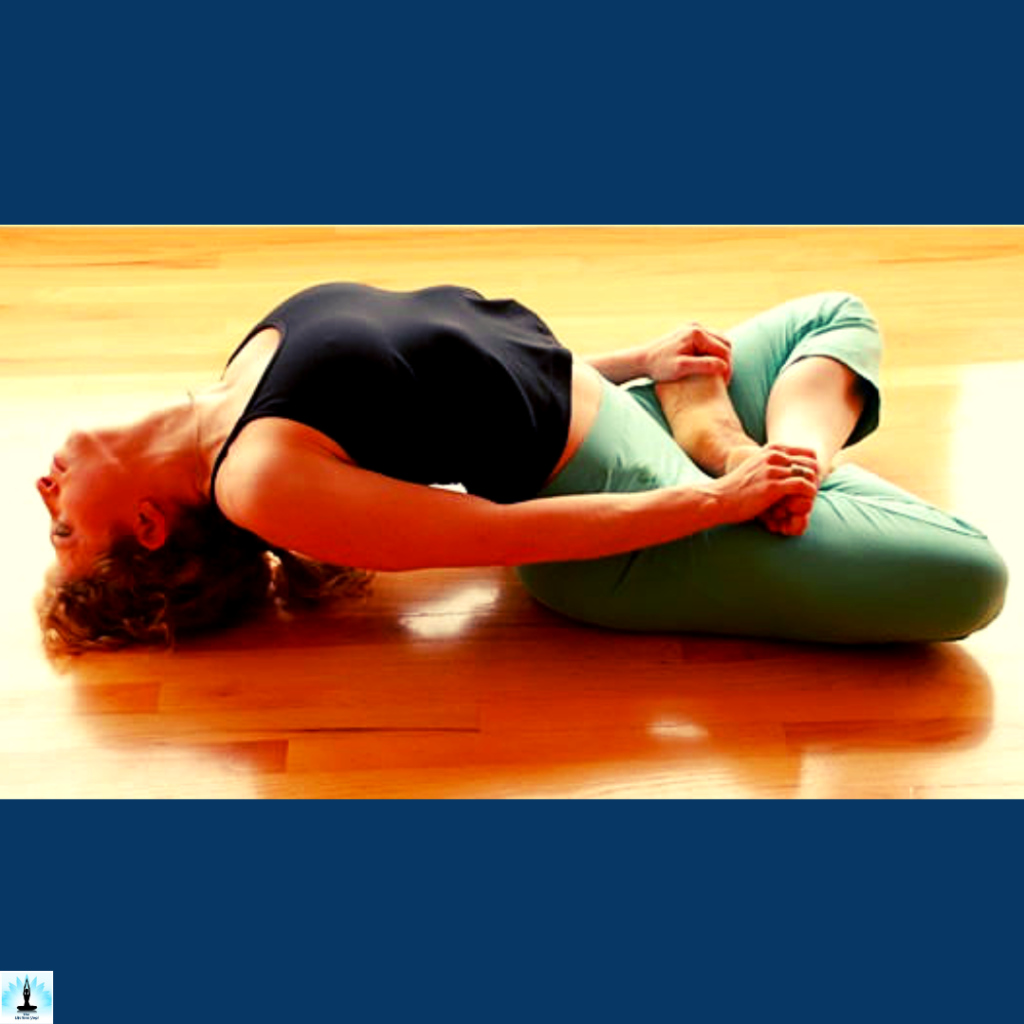
- Lie on your back and lift your chest, arching your back and supporting yourself with your forearms.
- This pose stretches the throat and neck, potentially relieving tension and promoting lymphatic drainage.
Seated Forward Bend (Paschimottanasana)
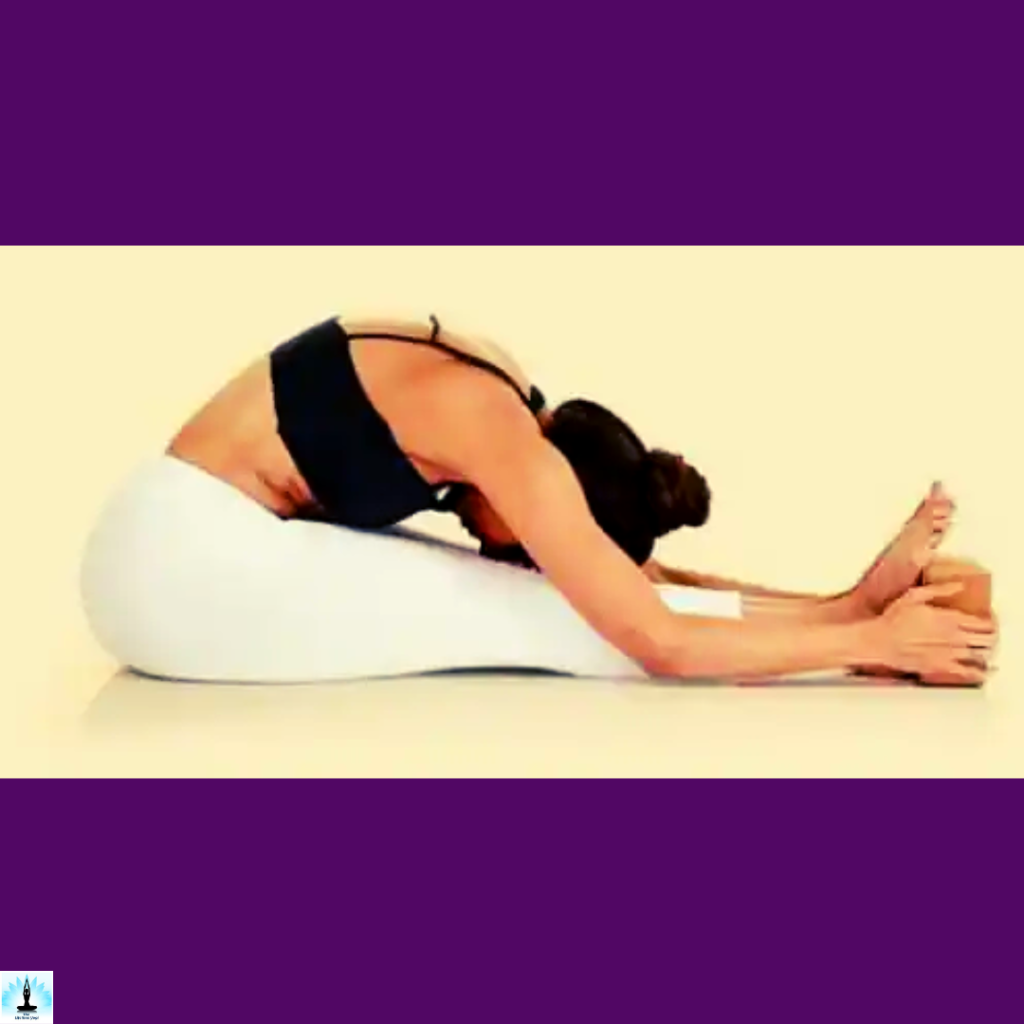
- Sit with your legs extended in front.
- Hinge at your hips and reach forward toward your toes, keeping your back straight. This forward bend encourages relaxation and may help reduce eye puffiness.
Alternate Nostril Breathing (Nadi Shodhana)
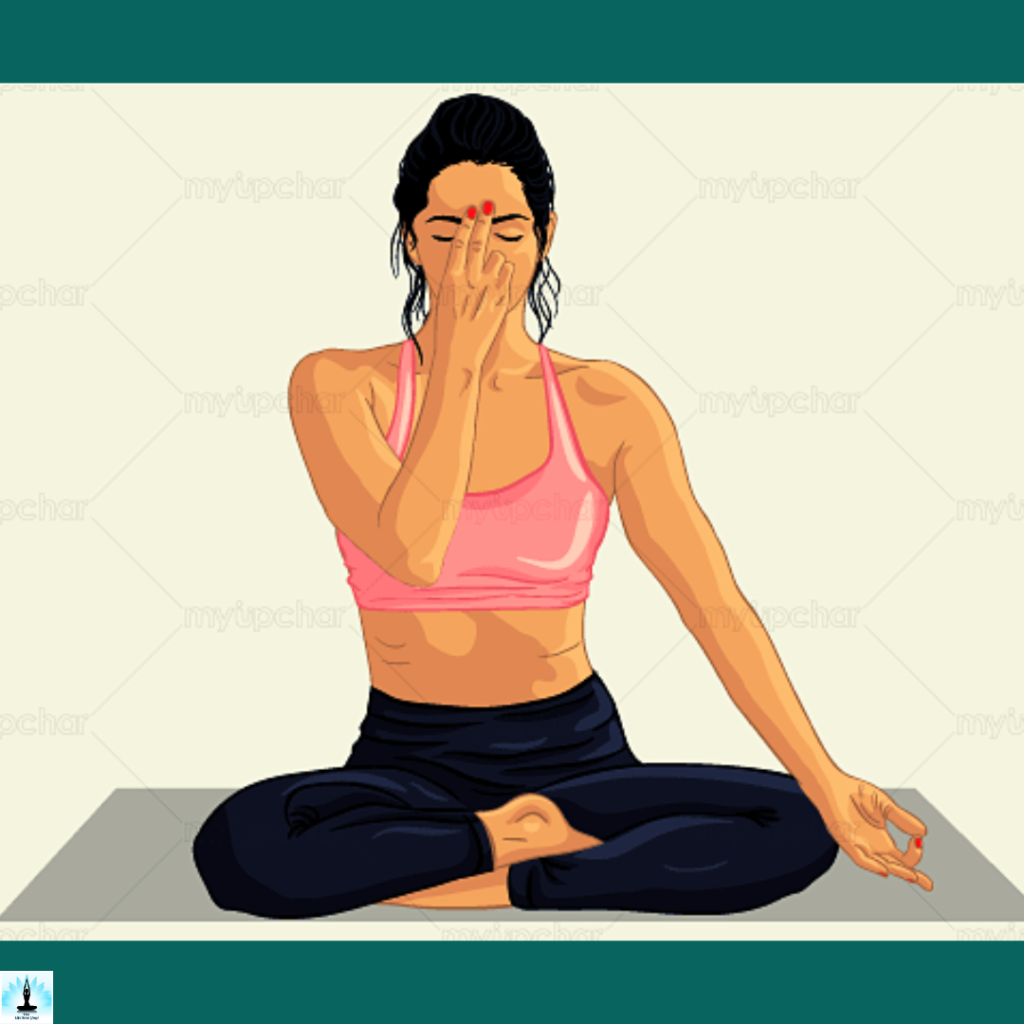
- Sit comfortably and use your right thumb to close off your right nostril.
- Inhale through your left nostril, then close your left nostril and exhale through the right. This breathing technique promotes balance and relaxation.
Eye Circles
Sit comfortably or stand with feet shoulder-width apart. Focus on a point directly in front of you. Slowly circle your eyes clockwise, then counterclockwise. This gentle movement helps release tension around the eyes and improves fluid circulation, reducing puffiness. Coordinate the eye circles with deep, steady breaths to enhance the calming effect.
Blinking Exercises for Puffy Eyes
Blinking may seem like a simple and automatic action, but consciously incorporating blinking exercises into your routine can work wonders for eye health. Sit comfortably, close your eyes, and take a deep breath in. As you exhale, blink your eyes rapidly for 10-15 seconds. Open your eyes and repeat. This exercise hydrates the eyes, reducing dryness and puffiness.
Practice these poses mindfully, focusing on your breath and allowing your body to release tension. Consistency is key, so make these yogasanas a part of your regular routine for optimal benefits
Frequently Asked Questions (FAQs) on Top 7 Yogasanas to Ease Puffy Eyes
1. Can yogasanas really help reduce puffy eyes?
Yes, certain yoga exercises can aid in reducing puffy eyes by improving blood circulation, promoting relaxation, and targeting tension around the eyes.
2. What specific yoga poses are effective for combating puffy eyes?
Gentle poses like Child’s Pose, Palming Technique, Eye Circles, and Face Yoga exercises can be particularly effective in reducing eye puffiness.
3. How often should I practice yoga to see results in reducing puffy eyes?
Consistency is key. Aim for daily practice or at least several times a week to experience the cumulative benefits of yoga for reducing puffy eyes.
4. Can yoga be combined with other remedies for quicker results?
Yes, combining yoga with other remedies like cold compresses, adequate hydration, and a healthy lifestyle can enhance and expedite the reduction of puffy eyes.
5. Is there a specific time of day that is best for practicing yoga to alleviate puffy eyes?
Gentle yoga exercises can be practiced at any time, but incorporating them into your evening routine may be especially beneficial in promoting relaxation before bedtime.
6. How long should each yoga session be to target puffy eyes?
A session of 15 to 30 minutes, focusing on eye-specific yoga exercises, can be sufficient. The key is regularity and mindfulness during the practice.
7. Can yoga help with dark circles as well, or is it only for reducing puffiness?
Yoga may contribute to overall eye health, which can indirectly help with dark circles. However, specific lifestyle changes and skincare may also be necessary for addressing dark circles.
8. Are these yoga exercises suitable for beginners?
Yes, the suggested yoga exercises are beginner-friendly. It’s essential to start gradually, listen to your body, and seek guidance if you are new to yoga.
9. Can face yoga really make a difference in reducing eye bags?
Yes, face yoga exercises can help strengthen muscles around the eyes, promote lymphatic drainage, and contribute to a reduction in the appearance of eye bags.
10. Are there any precautions or contraindications for practicing yoga for puffy eyes?
– If you have any pre-existing eye conditions or health concerns, it’s advisable to consult with a healthcare professional before starting a new yoga routine. Additionally, avoid straining or putting excessive pressure on the eyes during the exercises.
11. Can I practice these yoga exercises even if I don’t have puffy eyes?
– Certainly! The suggested yoga exercises are not only beneficial for reducing puffiness but also promote overall eye health and relaxation. They can be incorporated into a daily routine for general well-being.
12. How long does it typically take to see results from yoga exercises for puffy eyes?
– Results may vary, but with consistent practice, individuals often start experiencing improvements in eye puffiness within a few weeks. Patience and regularity are key factors in seeing positive changes.
Conclusion
Incorporating these simple yet powerful yoga exercises into your daily routine can be a game-changer in your quest to banish puffy eyes. Remember, the key lies in consistency and mindfulness. As you embark on this journey, you’re not just addressing the physical symptoms; you’re nurturing a holistic sense of well-being. So, the next time you feel the weight of the day around your eyes, unroll your yoga mat and let the soothing embrace of these exercises reveal brighter, more vibrant eyes—one breath at a time.
